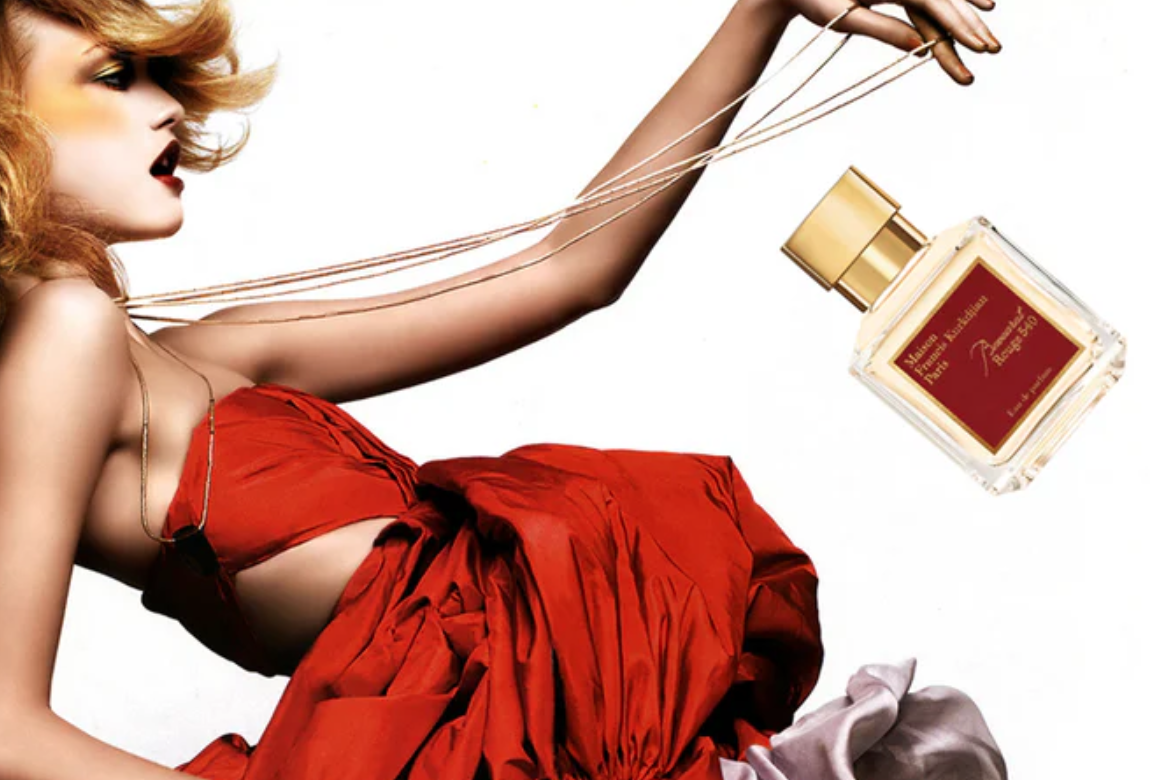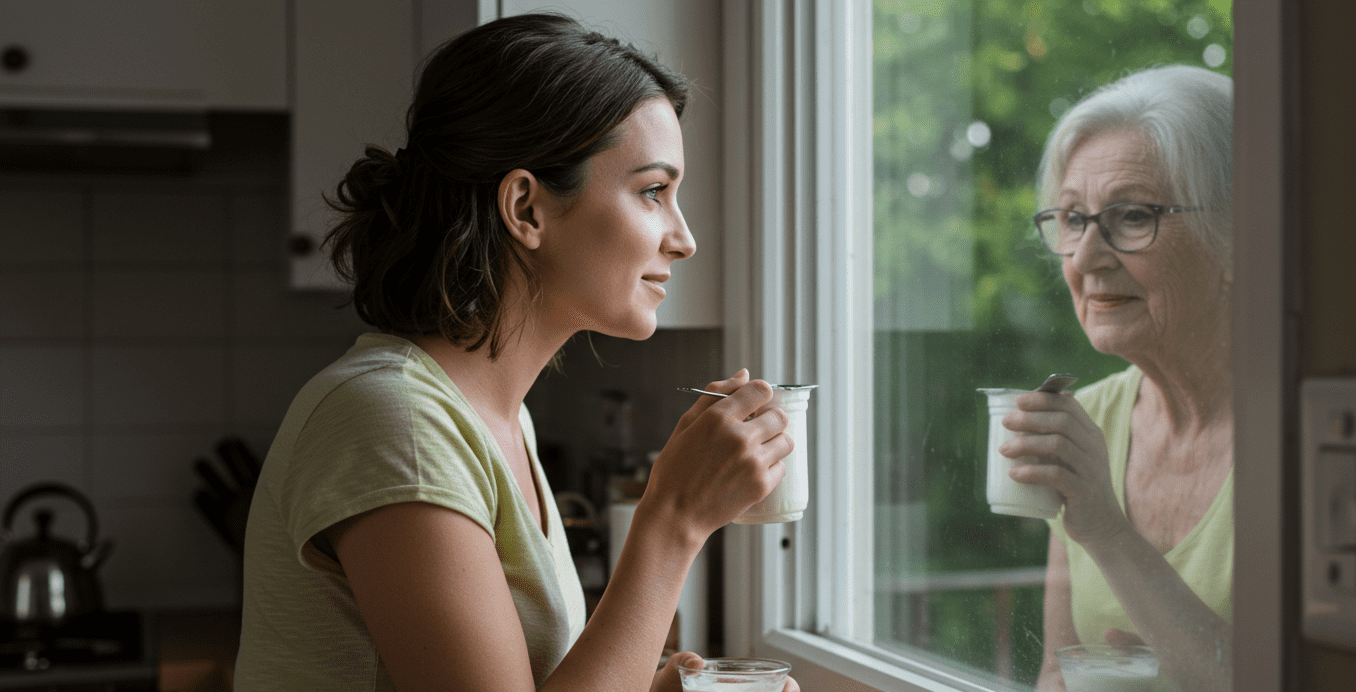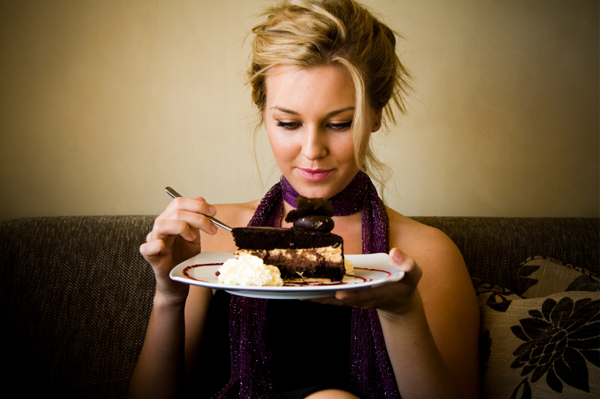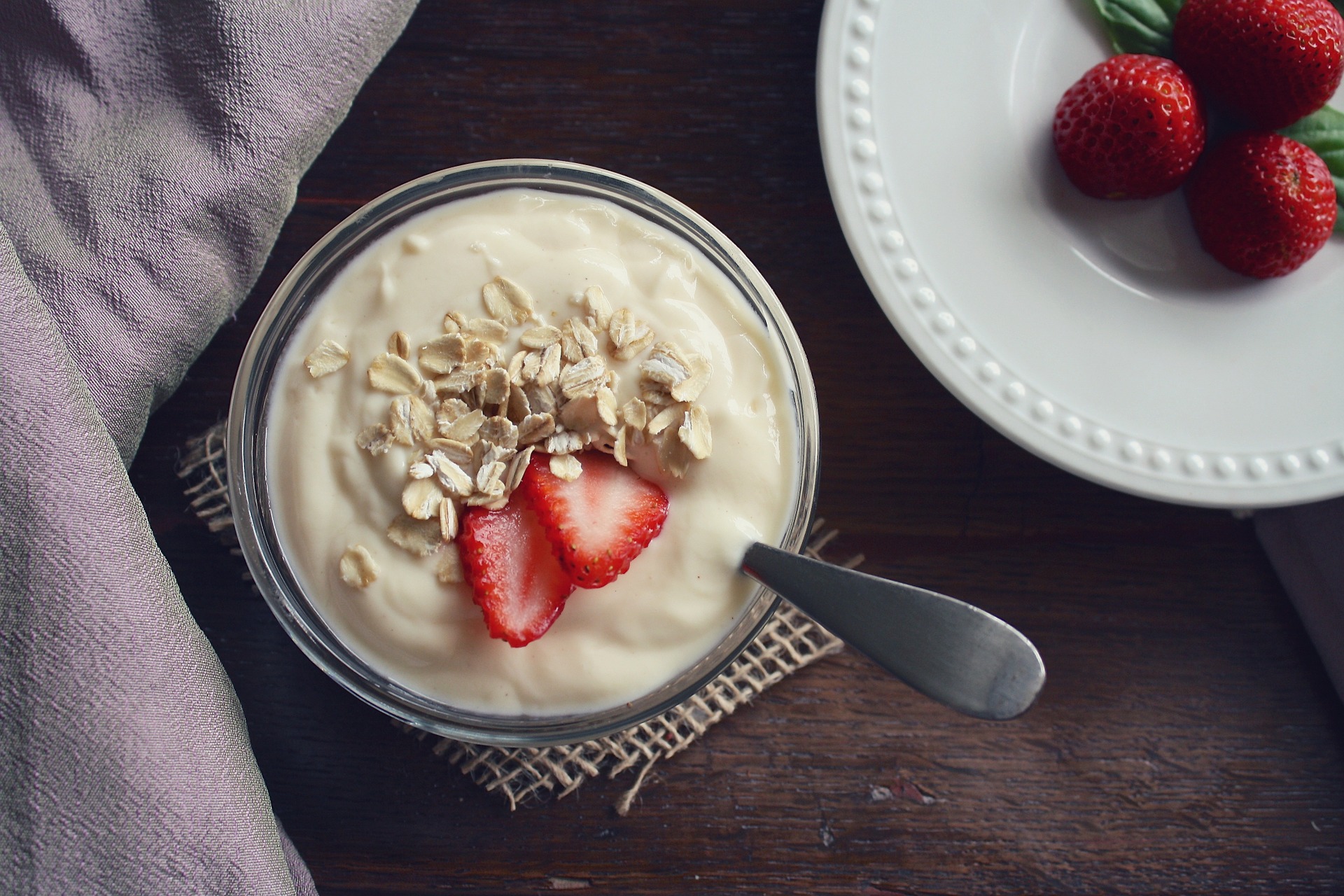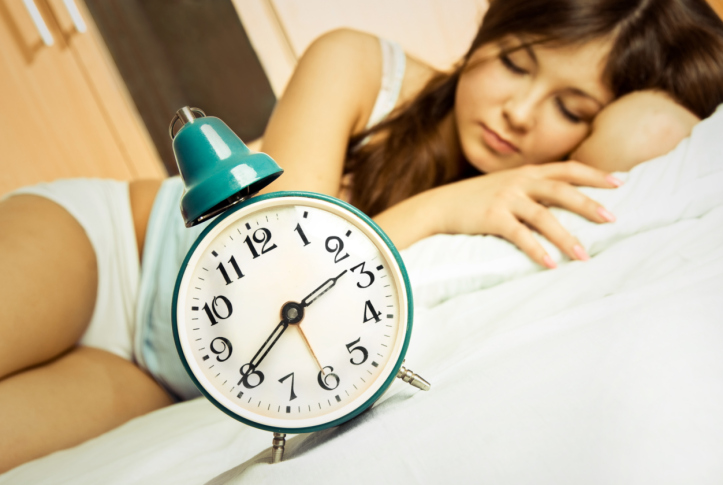These healthy food pairings may appear energising, however they may lead to fatigue, blood sugar crashes, or bloating.
From smoothie bowls to rice crackers and fruit, many so-called healthy foods look like the perfect pick-me-up. But not all food pairings are as energizing as they seem. Some combinations that appear light and nourishing on the surface can actually cause energy dips, digestive discomfort, or intense sugar cravings later in the day.
Here is the break down the healthy food pairings that seem energizing—but might be draining your energy instead—and what to eat instead to support sustained focus, balanced blood sugar, and lasting vitality.

1. Fruit-Only Smoothies
Smoothies made with banana, mango, and berries may feel like a burst of energy especially first thing in the morning. But, without protein or healthy fat, these fruit-heavy blends can cause a sharp spike in blood sugar, followed by a crash that leads to fatigue, hunger, or irritability.
According to the Harvard School of Public Health, liquid meals made primarily from fruit are quickly digested, which can lead to sugar fluctuations and reduced satiety.
Better pairing: Add a scoop of protein powder, chia seeds, nut butter, or Greek yogurt to your smoothie to balance the carbs and slow the absorption of natural sugars. This keeps you full longer and helps stabilise energy.
2. Avocado Toast on White or Refined Bread
Avocado toast is the darling of the wellness world, and for good reason—avocados are full of healthy fats and fibre. But, the issue isn’t the avocado, it’s the base. White or overly processed bread lacks fibre and protein, so even if topped with avocado, it can still cause an energy dip shortly after eating.
Better pairing: Choose wholegrain, seeded, or sourdough bread for added fibre and nutrients. Add apoached egg or hemp seeds on top for extra protein, which supports blood sugar balance and longer-lasting energy.
3. Apple Slices with Nothing Else
Apples are hydrating and naturally energising thanks to their natural sugars and fibre. But, eaten alone, apples digest quickly and can lead to a short-lived burst of energy, especially if you’re already hungry or have gone too long between meals.
Better pairing: Pair your apple with a tablespoon of almond butter, a handful of nuts, or a slice of cheese. The fat and protein buffer the sugar and help keep energy levels steady without triggering cravings.
4. Rice Cakes with Jam or Honey
This light, crunchy, and low-calorie snack rice cakes topped with a bit of honey or jam seem like a harmless afternoon snack. But, rice cakes rank high on the glycemic index , meaning they cause a fast rise (and fall) in blood sugar, especially when paired with sugar-based toppings. This can leave you hungrier and more sluggish.
Better pairing: Top rice cakes with cottage cheese, nut butter, or smashed avocado, and add a few seeds for crunch. This adds protein and healthy fat to a light snack, transforming it into something more satisfying.

5. Granola with Skim Milk or Plant Milk
Granola is often marketed as an energy-boosting breakfast food, and plant milks add a trendy twist. But, most commercial granolas are high in added sugars and low in protein. When combined with unsweetened almond milk or oat milk (which often lack protein), it becomes a carb-heavy meal with minimal staying power.
Better pairing: Look for a lower-sugar granola or make your own, and combine it with plain Greek yogurt or soy milk, both of which provide protein. Top with nuts or seeds to further balance the meal.
6. Just a Coffee for Breakfast
Caffeine can give a quick energy jolt, and skipping food may feel like a shortcut to productivity. But, without food, coffee stimulates cortisol, the body’s stress hormone, which can lead to jitteriness, energy crashes, and increased sugar cravings later in the morning.
Better pairing: Always pair coffee with a protein- and fibre-rich breakfast, such as eggs and wholegrain toast, or oats with seeds and berries. This helps regulate energy and avoids the blood sugar rollercoaster.









